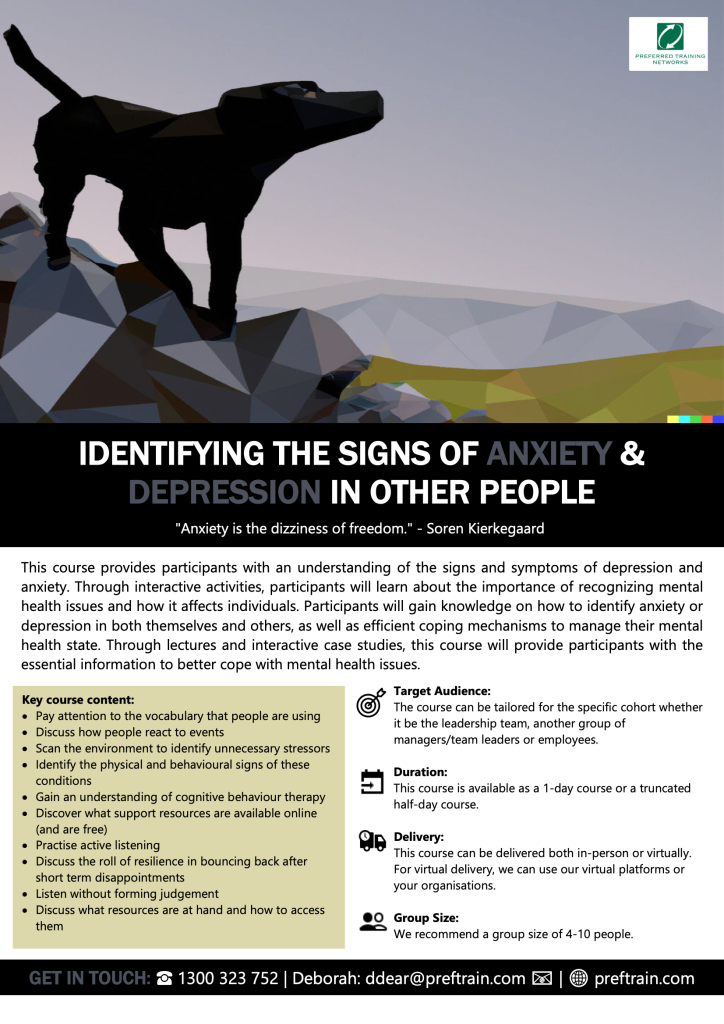How to Identify Signs of Stress in Pets

Understanding Pet Stress: A Guide for Owners
Every pet owner wants their furry friend to be happy and healthy. However, stress in pets is more common than many realize. Identifying signs of stress early can make a significant difference in their overall well-being.
Pets often communicate their emotions through their behavior. Stress can manifest in various ways, and learning to recognize these signals is crucial for nurturing a harmonious relationship with your pet. Common manifestations of stress include:
- Excessive Barking or Meowing: Loud vocalizations, such as persistent barking in dogs or incessant meowing in cats, can indicate anxiety or discomfort. For instance, during thunderstorms, many pets will vocalize more than usual, signaling that they are frightened or distressed.
- Aggression: Sudden changes in temperament, such as unexpected growling or hissing, can be a cry for help. A usually calm dog may snap at children or other pets if it feels threatened or overwhelmed.
- Changes in Eating Habits: A pet’s refusal to eat or, conversely, overeating can signal distress. This is particularly concerning, as prolonged changes in eating can lead to serious health issues, such as obesity, gastrointestinal problems, or malnutrition.
Understanding these indicators is essential for preventing lasting harm. Stress in pets can lead to serious health issues, both physical and emotional. Conditions like anxiety disorders, gastrointestinal diseases, and even heart problems can arise from prolonged stress. Therefore, it is vital to be vigilant and knowledgeable as a pet owner.
To further comprehend your pet’s well-being, consider various factors that contribute to their stress:
- Changes in Environment: Moving homes, renovations, or rearranging furniture can disrupt a pet’s sense of security. For example, dogs rely heavily on familiarity, and a new layout can confuse or irritate them.
- New Family Members or Pets: The addition of a new baby, pet, or even a visitor can alter the dynamics of your household, potentially causing stress. Pets can experience jealousy and anxiety when their territory is invaded.
- Loud Noises: Fireworks, thunderstorms, and even loud parties can disturb pets. Many animals have acute hearing, making them more susceptible to being startled or frightened by sudden loud sounds, leading to anxiety.
Staying informed and attentive allows you to create a safer, more nurturing environment for your beloved animals. Investigate calming products available in pet stores, such as anxiety wraps or soothing pheromone diffusers, which can significantly help in reducing stress levels. Additionally, regular exercise, interactive play, and consistent routines are all effective ways to minimize stress.

In this article, we will delve deeper into recognizing the signs of stress and explore what you can do to help your pets thrive. Becoming a more observant owner not only enhances your pet’s quality of life but also strengthens the bond you share.
DON’T MISS: Click here to discover effective strategies
Recognizing Behavioral Changes
To effectively identify signs of stress in your pets, you must first become aware of the subtle behavioral shifts that can indicate discomfort. Behavioral changes often serve as the first warning signs correlating to stress, and being observant can help you address their needs before they escalate into more serious issues.
One common behavioral indicator of stress is withdrawal or hiding. Many pets instinctively seek out secluded spaces when they feel stressed or anxious. For example, a cat may retreat under a bed or in a closet, while a dog might hide in a corner. Such behavior signals that they are overwhelmed and need a safe space to retreat. Look for changes in your pet’s usual habits; if they become suddenly less social or avoid interaction, it’s a red flag.
Another significant sign to watch for is excess grooming or self-mutilation. Animals may lick, chew, or pull at their fur excessively when experiencing stress, leading to bald patches or skin infections. This compulsive grooming behavior can indicate high levels of anxiety and should be addressed promptly. If you notice your dog or cat engaging in these acts more frequently, a visit to the veterinarian may be necessary to rule out underlying health problems and to assess the level of stress they are experiencing.
Additionally, keep an eye out for excessive pacing. Pets, particularly dogs, may exhibit this behavior when they feel anxious or restless. If your dog repeatedly circles the same area or moves back and forth compulsively, it could be a sign that they are struggling with stress. It’s essential to identify triggers that might be causing this unrest in your pet’s environment, whether it’s a loud noise, unfamiliar guests, or even a change in routine.
Furthermore, pay attention to changes in body language, as dogs and cats communicate a wealth of information through their physical posture. A relaxed pet typically has a loose body, wagging tail, and a soft expression. In contrast, a stressed animal may exhibit tight body language, tucked tails, cowered stances, or raised fur along their spine. If your pet showcases signs of distress, such as flattened ears or dilated pupils, consider it a call for help.
- Pacing or restlessness: Frequent movement can signify anxiety.
- Hiding or seeking isolation: Your pet may withdraw and choose to be alone.
- Excessive grooming: Look for signs of skin irritation or patches of fur missing.
- Changes in appetite: Noticeable shifts in eating habits can indicate stress.
By familiarizing yourself with these behavioral cues, you will be better equipped to recognize when your pet is distressed. Understanding these signals not only enhances your pet’s well-being but also fosters a deeper bond between the two of you as you clearly communicate and respond to their needs.
| Category | Key Features |
|---|---|
| Changes in Behavior | Look for unusual responses such as aggression, clinginess, or hiding. |
| Bodily Signs | Examine for excessive grooming, shedding, or changes in eating habits. |
| Vocalization | Increased barking or meowing often indicates discomfort or anxiety. |
| Physical Symptoms | Watch for panting, pacing, or a tucked tail as signs of distress. |
Recognizing stress in pets is critical for their well-being. Early intervention can prevent further health complications, making it essential for pet owners to familiarize themselves with various signs of stress. For instance, changes in a pet’s behavior can be linked to environmental shifts, such as moving to a new home or the arrival of a new family member. Pets may also exhibit vocalization changes, such as excessive barking or meowing, which calls for attention.Monitoring for physical symptoms including rapid breathing or constant pacing can act as a prompt for action. Understanding these signs not only helps in managing a pet’s stress but also deepens the bond between pet and owner. By observing and responding to these subtle cues, pet owners can create a calm environment that fosters happiness and health in their beloved companions. Further research into these signs can enhance your ability to maintain your pet’s emotional safety, strengthening your connection and ensuring a vibrant life together.
DISCOVER MORE: Click here for positive training tips
Physical Symptoms of Stress
While behavioral changes are significant indicators of stress in pets, physical symptoms provide vital clues as well. Being attuned to these signs can assist you in identifying when your furry companions are experiencing stress, enabling you to take appropriate action and ensure their well-being.
One particularly telling physical sign is a noticeable change in appetite. Pets affected by stress often experience a loss of appetite or, conversely, may overeat as a coping mechanism. If your pet suddenly becomes disinterested in their usual meals, this signals discomfort. Additionally, dramatic weight fluctuations—such as gaining or losing a few pounds within a short period—should prompt you to investigate further. Monitor their feeding habits and consider any recent environmental changes that might be affecting their temperament.
Another physical indicator to observe is excessive shedding. Pets may lose fur due to stress-induced conditions, often referred to as stress-related alopecia. This type of shedding can occur more frequently than regular seasonal changes and might leave bald patches on your pet’s body. If you notice an increase in fur around your home or find that your pet’s coat appears thinner, it may be time to examine their emotional health. Keeping a grooming schedule can help maintain their coat while also allowing you to inspect for signs of stress.
Some pets might exhibit symptoms like digestive issues, including diarrhea or vomiting, during stressful times. Stress can disrupt their gastrointestinal system, leading to a range of digestive disturbances. If your pet starts showing unusual bathroom habits or experiences repeated gastrointestinal distress, consider the possibility of underlying stress. It is important to consult your veterinarian, as persistent gastrointestinal issues could point to more serious health concerns and may require intervention.
Moreover, pets under stress often display increased vocalization. If a normally quiet pet suddenly becomes excessively vocal, this can indicate they are feeling distressed. Dogs may bark more, while cats might meow or growl out of character. Understanding the context behind their vocalizations is crucial; consider what is occurring in their environment that could be contributing to their anxiety.
- Change in appetite: A disinterested or overly eager eater may signal distress.
- Excess shedding: Noticeable fur loss could indicate stress-related issues.
- Digestive problems: Symptoms like diarrhea or vomiting should not be ignored.
- Increased vocalization: A sudden change in noise levels can indicate stress.
Being aware of these physical symptoms allows pet owners to take action swiftly. Recognizing that stress can manifest in various ways emphasizes the importance of understanding your pet’s unique reactions. Throughout your pet’s life, consistent observation and care can significantly improve their emotional and physical health, ensuring that stressors are addressed promptly and effectively.
DISCOVER MORE: Click here to learn about the importance of puppy socialization
Conclusion
Recognizing the signs of stress in pets is not merely an act of observation, but a crucial responsibility that every pet owner must grasp. As we have explored, the manifestations of stress can range from behavioral changes to various physical symptoms, each offering vital clues about your pet’s emotional well-being. Understanding that changes in appetite, excess shedding, digestive issues, and increased vocalization can signal underlying anxiety empowers you to take prompt action for your furry friend’s health.
It is essential to foster an environment where pets feel safe and secure, recognizing that their mental health is intertwined with their physical health. As owners, we should keep a watchful eye on our pets, using our knowledge to identify stressors, be it changes in routine, loud noises, or even behavioral shifts from other animals. When we notice these signs, immediate steps—such as offering comfort, altering their environment, or consulting a veterinarian—can significantly alleviate their distress.
In a world where pets are increasingly seen as beloved family members, giving attention to their emotional health is vital. By nurturing an understanding of how to identify stress in pets, owners not only improve the quality of life for their companions but also foster a more harmonious relationship. Empathy, awareness, and timely intervention are key components in ensuring that our pets thrive both physically and emotionally, ultimately leading to a happier, healthier bond.



